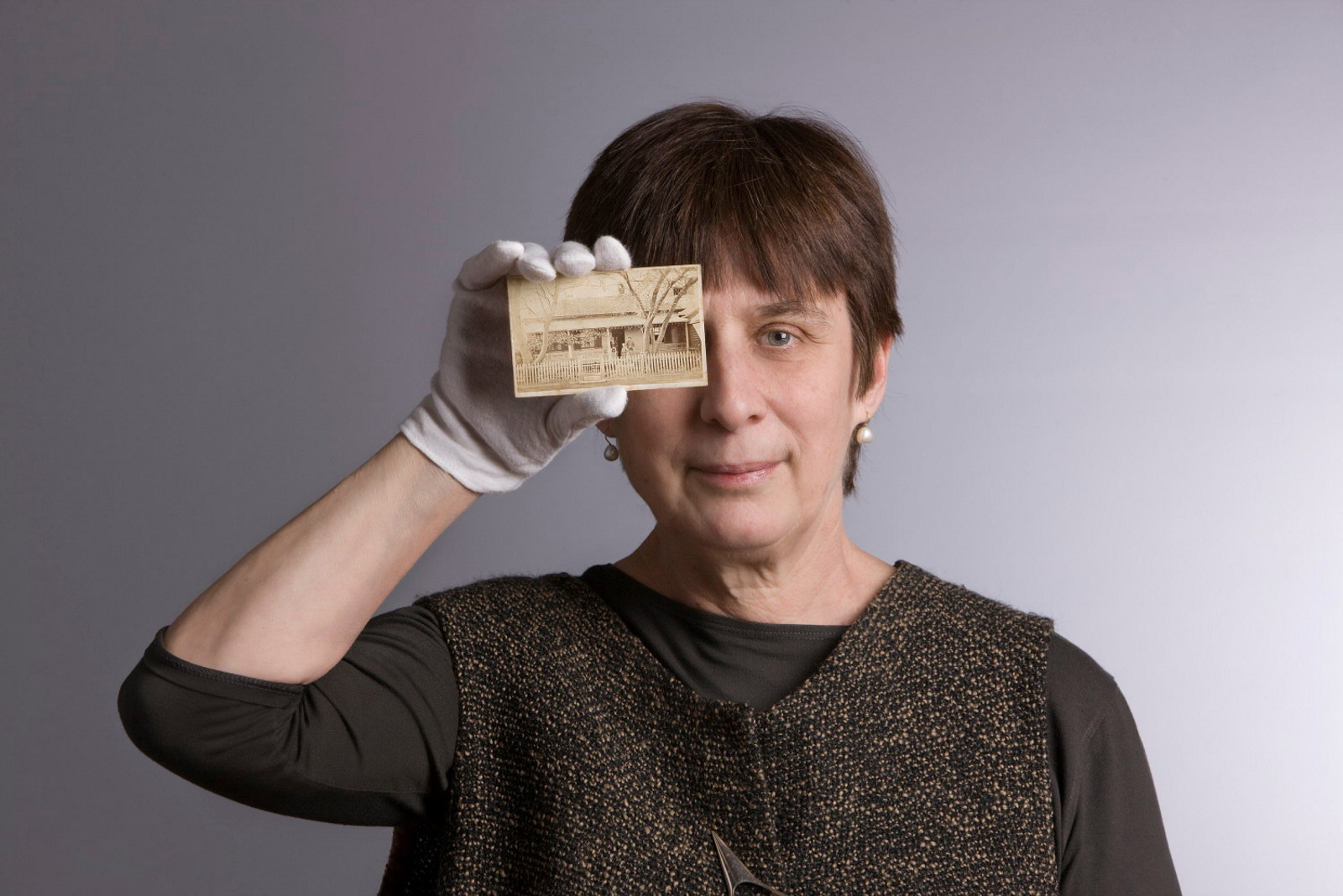The surprising legacy of Miss Pye of Parramatta
Visitors to Richmond Villa, head office of the Society of Australian Genealogists in Kent Street, Sydney, may have met the steady gaze of a young woman dressed in the fashion of the early 1840s.
She is painted in oils, mounted in an old, highly ornamental gilt frame, and hangs near the top of the stair on the first floor. Although the portrait is small, just 37 x 28.5cm, and the sitter is young, perhaps barely more than a girl, her presence is powerful.
She is Mary Elizabeth Pye, born on 21 April 1827 at Baulkham Hills and baptised six weeks later at St John’s, Parramatta. She was the first-born child of John Pye and his wife Eleanor Murray, both colonial born. John Pye, son of emancipated convict John Pye who was transported on the Brittania in 1791, was the publican of the Lamb and Lark on the old Windsor Road. He was also a landholder, owning a number of farms in the district of Castle Hill at the time of his death in December 1845.
The very existence of the portrait is an indication of the Pye family’s prosperity. Mary Pye sits for the artist in a dress characteristic of the fashionable styles of the early 1840s: a wide neckline sloping off the shoulders, a deep collar with lacy black trim, tight ruched sleeves and close-fitted bodice with the waist lengthened in front to a point. Her hairstyle is also characteristic of the early 1840s, looped around the ears and parted in the centre, or, at least as close to the centre as Mary’s pronounced widow’s peak will allow.
Mary’s tan-coloured dress, probably silk, is adorned with a gold and turquoise oval brooch but around her neck she wears a double stranded necklace that appears to be an example of Victorian hair work, probably a sentimental piece worn in remembrance of a loved one. That loved one may have been Mary’s paternal grandmother, another Mary Pye, who died at Parramatta on 8 February 1843. Perhaps the portrait was commissioned for young Mary’s sixteenth birthday? The details are lost, as is the name of the artist.
Mary Pye's Music Book
The portrait was given to SAG in 1979 by Mary Pye’s granddaughter Mrs Enid Nellie Whitling (1893-1981), together with the colonial cedar armchair in which Mary sat for her portrait and a bound volume of sheet music. The volume has an embossed leather label reading ‘Miss M.E. Pye, Parramatta’ and a tiny paper label
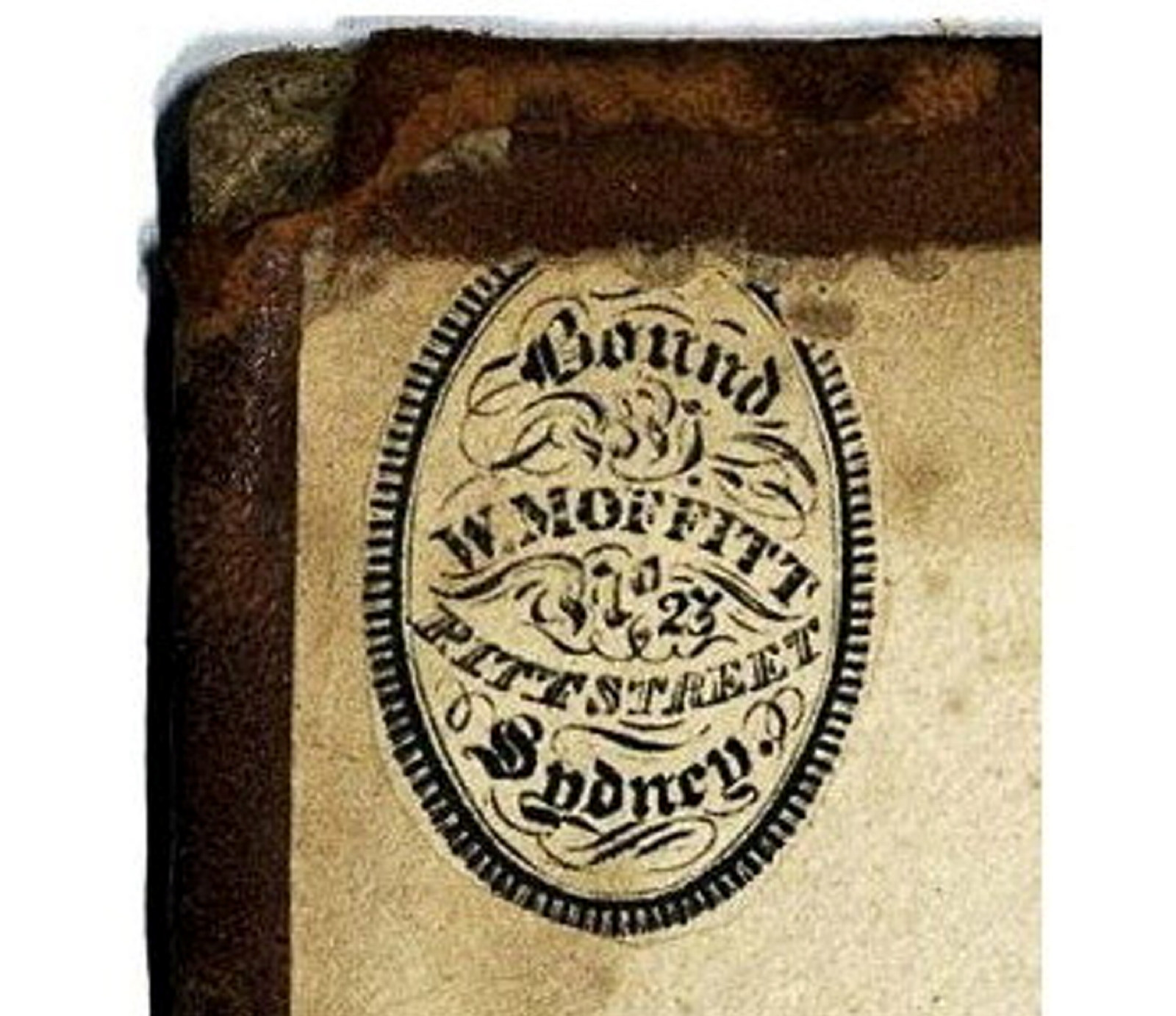
pasted inside the front cover that reveals it was bound by colonial bookseller, bookbinder and stationer William Moffitt of 23 Pitt Street, Sydney. Moffitt was at that address for a long time, from 1833 until his death in 1874, but the label dates the binding to sometime before 25 February 1847 when Mary Pye married Samuel Jenner of Parramatta.
Australian musicologist Dr Graeme Skinner has analysed Mary Pye’s music book in great detail. The first ten items in the volume include songs, quadrilles and other piano pieces, all published in London between 1828 and 1838 and none inscribed with any personal mark. The eleventh item is a rare complete copy of the first Sydney edition of Wallace's arrangement of the Walze favorite de Duc de Reichstadt, printed by W.H. Fernyhough in 1836 or 1837. This copy and the remaining five items in the volume are the real treasure in Mary Pye’s book, as identified by Dr Skinner, because they are ‘directly and uniquely associated’ with the activities of the Irish violinist, pianist, teacher and composer, William Vincent Wallace (1812-1865), during his two-year stay in Sydney from early 1836 to early 1838.1
Wallace, together with his wife Isabella and young son, Willy, left Ireland for Australia, via Liverpool, in July 1835, arriving in Hobart on the ship Rachael in November 1835 and moving on to Sydney in January 1836. Other members of the Wallace family soon followed, including his father Spencer Wallace, a regimental bandmaster, his sister Elizabeth, a soprano and his brother Spencer Wellington, a violinist and flautist.2
William Wallace made a big splash on arrival in Sydney, starting with a concert of vocal and instrumental music at the Royal Hotel in Sydney on 12 February 1836 in a room ‘crowded by much of the, rank, beauty, talent and fashion in the colony’. His Excellency the Governor Sir Richard Bourke was there with his family. The Colonial Secretary Alexander McLeay and his family were also there, as were most of the ‘principal civil and military officers’ and leading colonists including William Wentworth and family. The press reported that Wallace’s performances throughout the program were listened to with ‘breathless attention’, that his playing struck a peculiar awe into the hearts of his hearers who ‘every moment burst forth with rapturous and enthusiastic applause’.3
In April 1836 Wallace and his wife opened a music academy in Bridge Street, Sydney, under the patronage of the Governor and the governor’s daughter Anne, wife of Edward Deas Thomson, parliamentary clerk - and successor in 1837 to Alexander McLeay as Colonial Secretary. The academy aimed at the ‘instruction of Young Ladies, in vocal and instrumental music’ with a course of study comprising ‘the pianoforte, guitar, singing, and the theory of music’. Gentlemen could elect to take lessons on the violin, pianoforte, flute or guitar from Mr Wallace at his private residence on Saturday afternoons. Wallace also offered terms for attending at the residence of a pupil. The teaching was to be conducted ‘according to the system of Logier and Herz’.4 Henri Herz (1803-1888) was a pianist and composer, and a professor in the Paris Conservatoire for more than thirty years. Johann Bernhard Logier (1777-1846) was a German composer, teacher and publisher, resident in Ireland for most of his life. He invented the chiroplast, a sliding frame devised as a pedagogical device to guide the hands and fingers while playing the piano, the intention being to improve and control the position of the hand and wrist.
Throughout 1836 and 1837 William Wallace gave several concerts, mostly under the patronage of Governor Bourke, including a concert of vocal and instrumental music at Nash’s Woolpack Inn in Parramatta in early December 1836 and another at the Windsor Court House on 4 January 1837. It was probably at the Windsor concert that young Alfred Cox (1825-1911) from Clarendon, Richmond, first listened to Wallace in performance, playing both violin and pianoforte. He was entranced. He had never before heard such music. In a memoir published nearly 50 years later he wrote that he had heard something that he could never forget and had ‘then and there’ resolved to become a player himself. His music master was Spencer Wallace (1789-1846), from whom he learned to play the flute.5
Perhaps Mary Pye went with her family to the Wallace concert at Parramatta in December 1836 and was similarly entranced? She was almost an exact contemporary of Alfred Cox, less than two years his junior. The evidence of William Wallace’s signature and Ellard’s stamp on the Logier pieces in her music book indicates that she had some connection to the Wallace music academy. If not William Wallace himself, who left New South Wales in early 1838, her tutor may have been another member of the Wallace family.
Although the precise details of Mary Pye’s musical education are elusive there is some later evidence suggesting that she was a proficient pianist. As ‘Mrs Jenner’ she was the piano accompanist for a programme of musical and literary entertainment held at Castle Hill on 25 August 1869.6 She also appeared on the programme in an instrumental duet with ‘Miss Jenner’, her eldest daughter Alice Rosanna Jenner (later Pearce), and when Mary Jenner’s estate was valued for probate in late August 1910, following her death on 7 August aged 83, by far the most valuable item in the list of her goods and chattels was the ‘Hapsburg piano’ in the drawing room. One last legacy was a music stand to her granddaughter Mary Pearce. Mary Pearce was a Licentiate and certified teacher of the London College of Music.7
Footnotes
1. Graeme Skinner (University of Sydney), William Vincent Wallace and family in Dublin, Hobart, and Sydney, 1829-1838, and Mary Pye's music book, Australharmony (an online resource toward the history of music and musicians in colonial and early Federation Australia); accessed 27 April 2018
2. Sources for William Vincent Wallace, in addition to details in Dr Graeme Skinner’s AustralHarmony website, include: entry in Australian Dictionary of Biography; Nicholas Temperley “William Vincent Wallace” in Oxford Music Online; National Library of Ireland blogpost
3. Sydney Gazette, 16 February 1836 p. 3
4. Sydney Monitor, 2 April 1836 p. 3
5. Alfred Cox, Recollections: Australia, England, Ireland, Scotland, New Zealand, Christchurch, Whitcombe & Tombs, 1884, p. 22, 29
6. An Ancient Programme’: original 1869 programme re-published in The Cumberland Argus & Fruitgrowers’ Advocate, 17 April 1897, p.13
7. State Archives NSW, Deceased estate file for M E Jenner: NRS 13340, 20/396 duty paid 2/11/1910; Probate packet for M E Jenner: NRS 13660, no5/50581; Windsor and Richmond Gazette 23.2.1907 p. 11
This article originally appeared in the June 2018 issue of Descent, the quarterly journal of the Society of Australian Genealogists. Find out more about SAG here.
Published on
More stories
Browse all![Owner bound volume of assorted songs, in the collection of Rouse Hill House & Farm, 1850-1864. [music]](https://images.slm.com.au/fotoweb/embed/2023/10/615fb53b45ca4bfb8d979b01993be8c3.jpg)
‘Home! Sweet Home!’
It may come as a surprise that the expression ‘home, sweet home’ originates from a song title
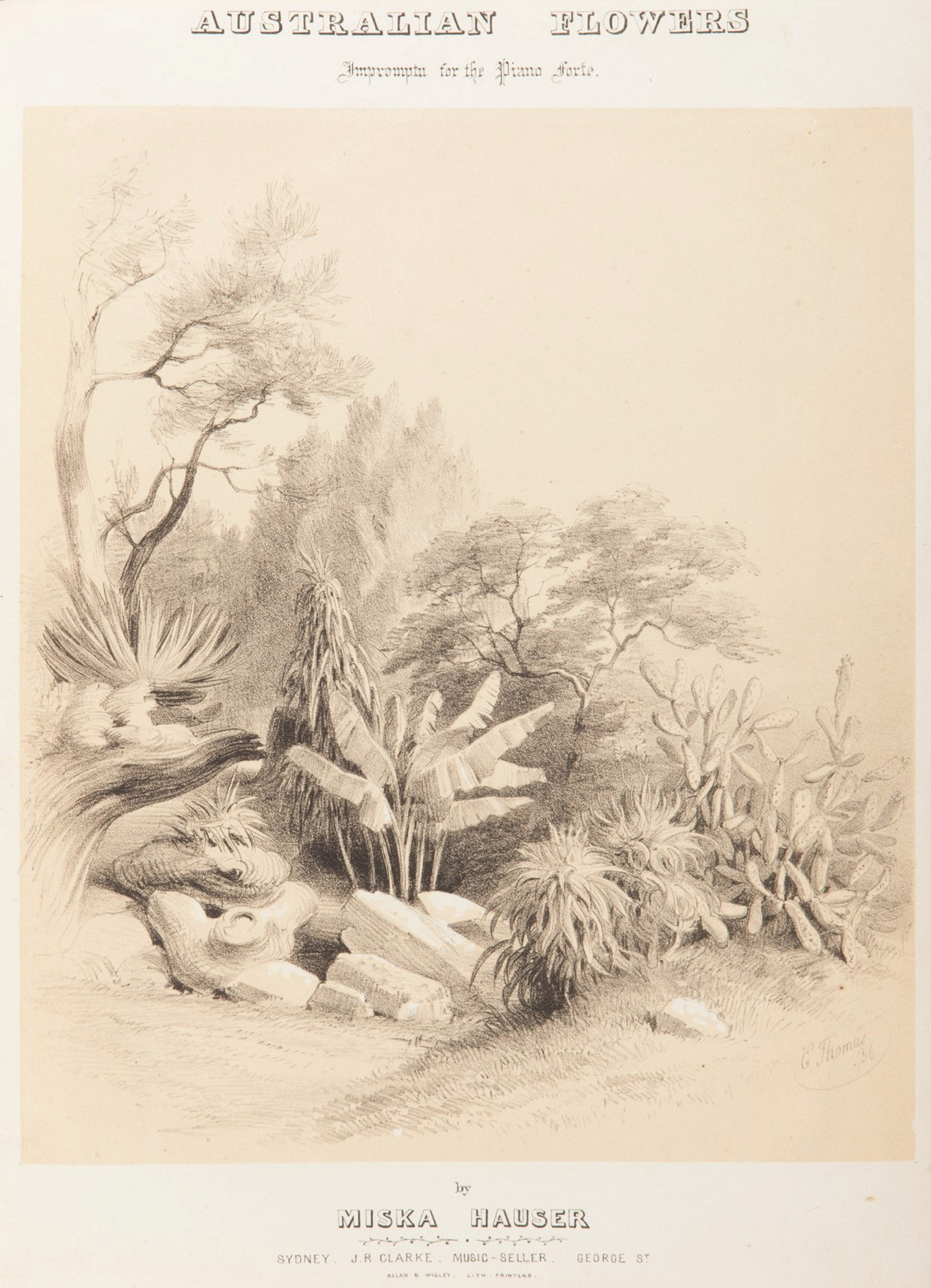
'Australian Flowers'
Given that much of the music played in Australia in the 19th century had been imported, one might ask what constituted an ‘Australian’ piece of music?
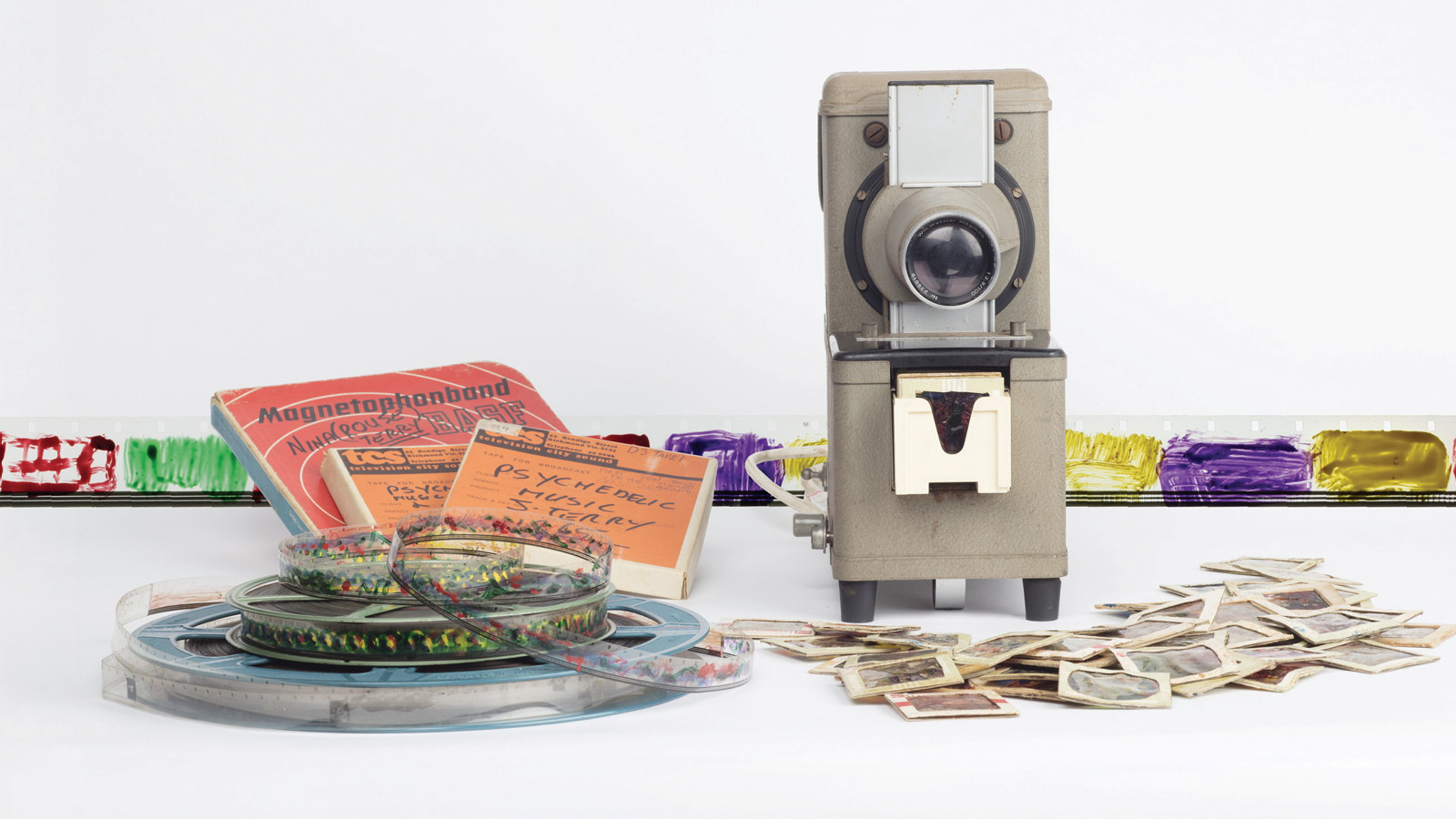
1960s psychedelia at Rouse Hill House
In a short experimental period of music making, the talented young John Terry combined radical musical ideas with abstract imagery and the soundscape of Rouse Hill House
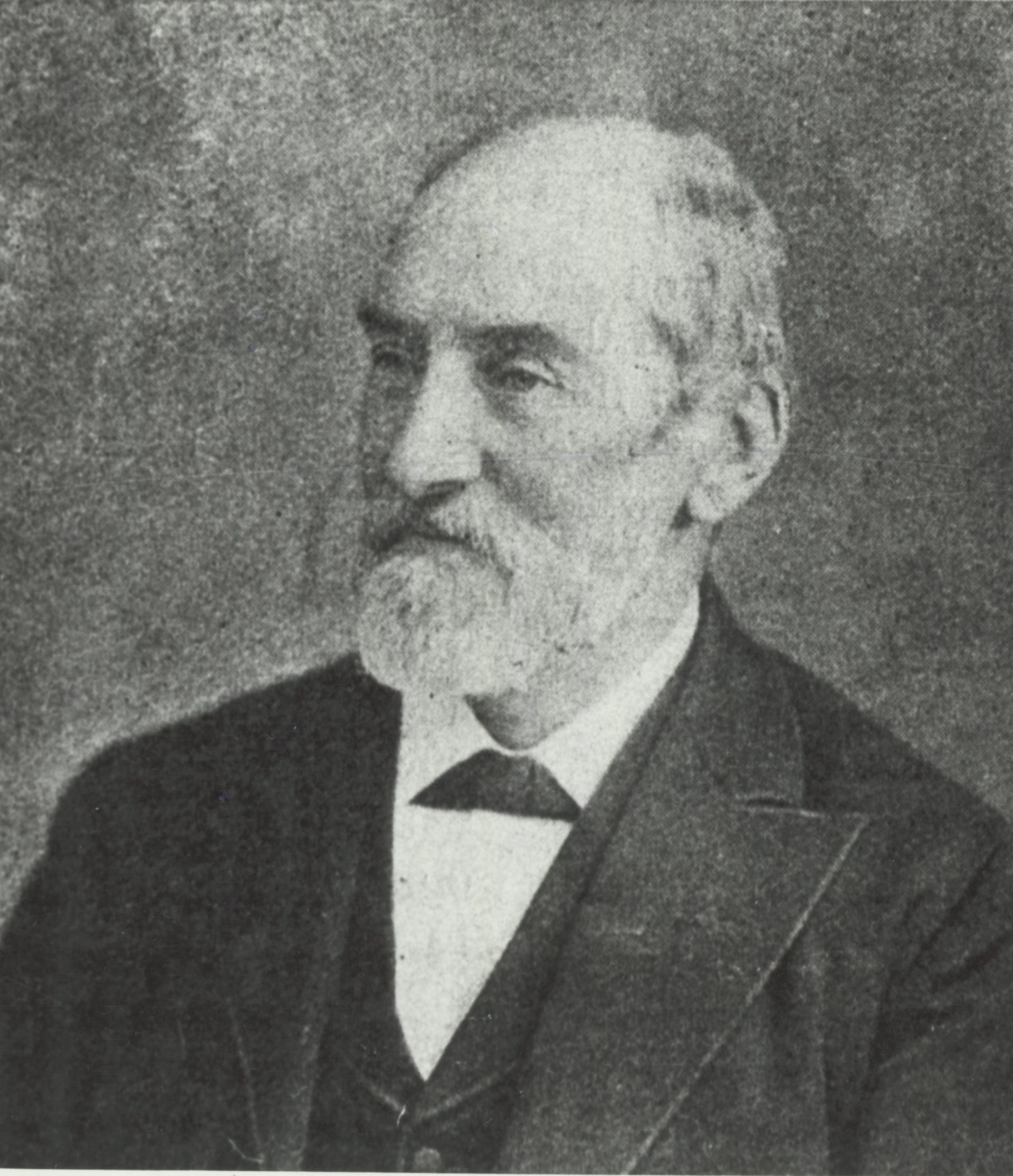
On This Day
30 Nov 1878 - 'Advance Australia Fair' first performed
On 30 November 1878 Advance Australia Fair was performed for the first time.
